The first major deal from the COP 26 climate summit has seen more than 100 world leaders agree to halt deforestation by 2030. We must now prioritise the natural regeneration of the forests we have left, rather than simply planting more trees.
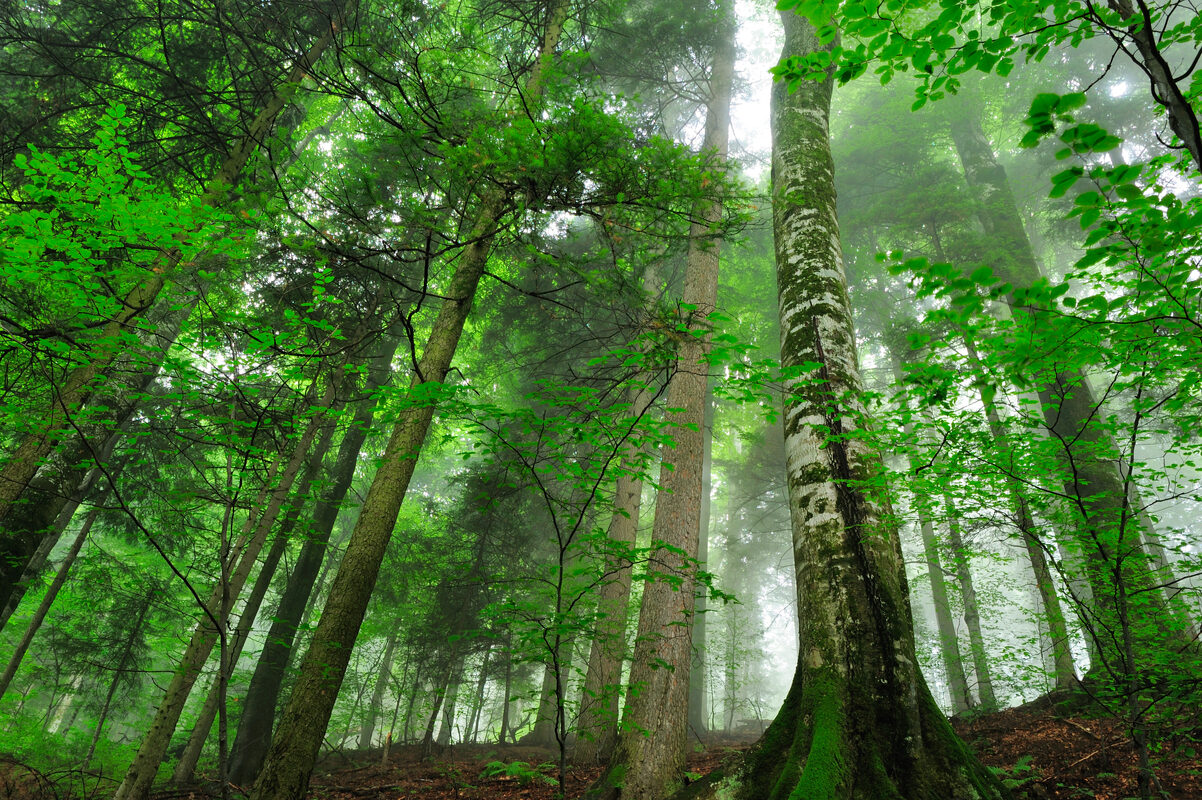
A step in the right direction
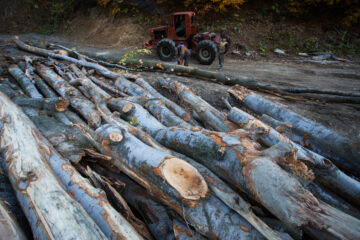
Today over 100 world leaders will announce an end to deforestation by 2030 at the COP 26 climate summit. This is a welcome and positive step in the right direction to slow the rate of global warming, provided it is underpinned by real and timely action, and complemented by measures to reduce demand for products such as beef and soy, which has already had a devastating impact on forests across the world.
Yet a ban on cutting down natural forests is just this – a step forward. To maximise nature’s capacity to help us, we urgently need to move beyond protection and allow such forests, many of which have already been hugely degraded, to regenerate on a massive scale. This would be a far more effective way of locking up carbon than planting trees, with the added bonus of enhancing biodiversity at the same time.
“Studies show that allowing existing natural forests to reach their full ecological potential – a process termed ‘proforestation” – is a far more effective, immediate, and lower cost way of removing and storing greenhouse gases (GHGs) in the long term than planting trees,” says Raquel Filgueiras, Rewilding Europe’s Head of Rewilding. “Despite the current fixation with tree planting, we cannot resolve our climate or biodiversity crises without prioritising the regeneration of natural forests. A halt to deforestation is a good start, but we need to go much further.”
The fallacy of tree planting
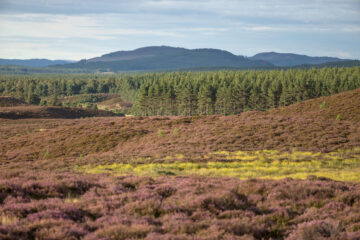
The two most pressing challenges facing society today are climate change and biodiversity decline – and the health of our forests is critical to addressing both.
As vital ecosystems that support millions of animals and plants, forests also lock up and store huge amounts of carbon. In addition, they support livelihoods, supply a wide range of goods and services, and help to protect us from disease.
Afforestation (planting new trees) and reforestation (replacing trees on deforested or recently harvested lands) have been widely touted as essential strategies to remove greenhouse gases (GHGs) from the atmosphere, with huge sums now being invested in tree planting. The European Commission, for example, is planning to plant 3 billion trees across the 27 EU Member States by 2030.
Yet planting trees is not a silver bullet against global warming or biodiversity loss. Indeed, mass tree planting schemes may sound appealing and ideally suited to marketing campaigns, but are in fact costly, largely irrelevant to addressing the climate and ecological emergencies, and can in some situations actually be counterproductive. They are also no substitute for the regeneration of natural forests.
Natural is best
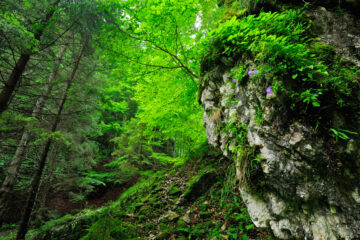
The oldest scientifically dated tree in Europe is an ancient pine in Italy estimated to be over 1200 years old. Old-growth trees such as this store enormous quantities of carbon in their wood (long-maturing natural forests will eventually store around 40 times more carbon than a plantation harvested once a decade). When such trees die and naturally decompose, much of the carbon they contain ends up in soil, where it continues to be stored for centuries or millennia.
In addition, mature natural forests are more resilient to climate change and disease than young tree plantations, with their diverse mix of native species allowing them to better adapt to a far wider range of conditions. They also provide an array of other benefits, such as flood protection, erosion prevention, clean air and water, pollination, and support for nature-based tourism.
And natural forests are far more than just collections of trees. These complex mosaics of indigenous tree stands, woodlands, open areas and other vegetation host complex webs of organisms that include plants, animals, fungi and bacteria, making them incredibly biodiverse. By contrast, commercial tree plantations are typically far less biodiverse, especially when they contain a single tree species.
Strategic rethink
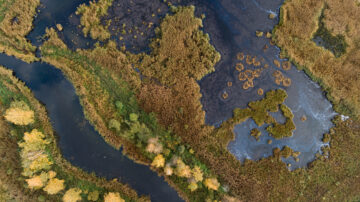
Europe already has lots of trees, with forests covering nearly 40% of EU territory. Yet the vast majority of these forests are commercial plantations that are intensively managed to yield the greatest quantity of wood. Known natural (or primary) forests account for just 0.7% of Europe’s forested area, and of these less than half are strictly protected, with many isolated and threatened by logging.
As part of the European Green Deal, the European Commission will soon publish a new EU Forest Strategy for 2030, with the overall aim of promoting “healthy, resilient forests”. While the strategy commits to restoring forest ecosystems, it only offers the planting of 3 billion trees as a concrete action.
“Planting all these trees will be hugely expensive, while natural regeneration costs nothing, if the land is available”, says Frans Schepers, Managing Director of Rewilding Europe. “This money would be far better spent enabling the recovery of other natural habitats in Europe that also capture huge amounts of carbon, such as peatlands, wetlands, grasslands and seagrass beds. This would be a huge double win for both climate and nature!”
Future focus
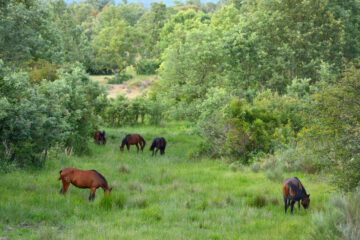
Rewilding Europe is already letting natural forests regenerate of their own accord in many of its operational areas, aided by herds of reintroduced or restocked free-roaming herbivores. Coordinated by Rewilding Europe, the GrazeLIFE project has shown the value of such herbivores in creating and maintaining half-open, half-wooded landscapes of high biodiversity value. Rewilding Europe Capital (Rewilding Europe’s enterprise loan facility) is also supporting a start-up working to rewild communal forests in northern Portugal.
Letting forests naturally regenerate is the most practical, immediate and cost-effective solution to our ecological and climate emergencies, drawing down and sequestering carbon for the long-term and significantly enhancing biodiversity. In Europe and beyond, stakeholders and policymakers need to recognise this by properly protecting natural forests and supporting the growth of intact forest ecosystems wherever possible.
In some situations, natural regeneration may have to be given a helping hand, through measures such as seeding and grazing control. Nevertheless, letting nature lead – one of key principles of rewilding – should always come first, and tree planting last.
Want to know more?
Much of this blog was taken from a longer story on natural forest regeneration (also titled “Natural Forests First”) in Rewilding Europe’s Annual Review 2020. Hard copies of the review can be ordered free of charge (except for shipping costs).
